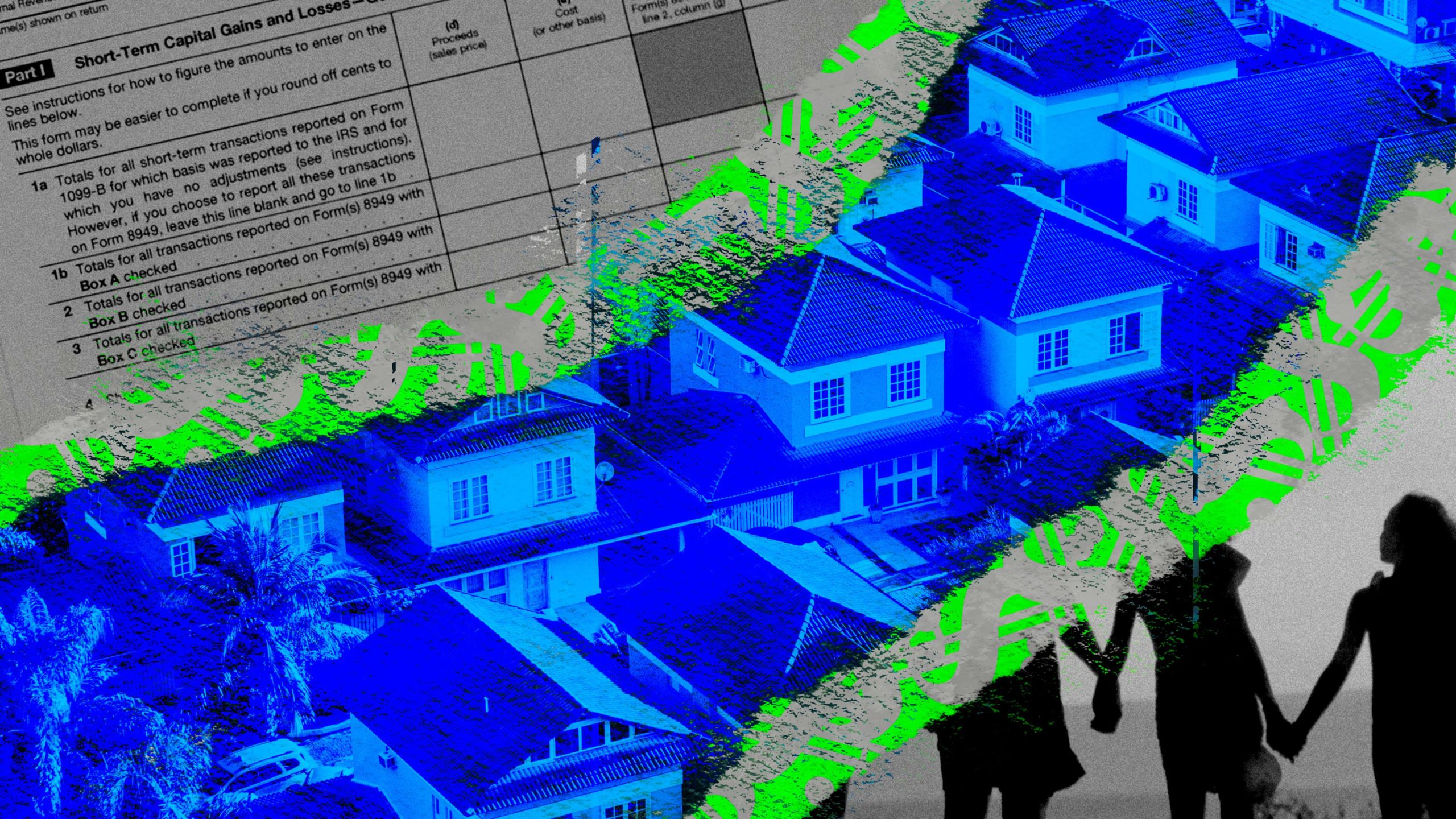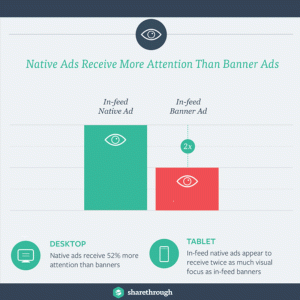What does it mean to be ‘middle class’ in 2024?
The idea of the middle class may seem mythical and out of reach for more Americans. We talked to people across the country to hear their experiences.
When I was a kid, $100,000 sounded like an impossibly large sum of money. Even when I started working at my first professional job with an entry-level salary of $32,000, I thought that making $100,000 would allow one to be comfortably upper-middle class. I’m sure I’m not alone; a “six-figure salary” was, for a long time, shorthand for a “well-paid job.”
But in 2024, with the cost of housing and childcare (not to mention inflation on basics like food), a family making $100,000 a year can have trouble making ends meet. That may be why the tide is turning in the way Americans identify. In 2018, nearly 70% of Americans considered themselves middle class, even though only about 52% would qualify based on income.
But now, in 2024, many Americans who fit squarely the middle class income range (defined by Pew Research Center, about $52,000 to $156,000 for a household of three) are feeling less financially secure than in years past.
One thing that hasn’t changed: We all want to be middle class. The middle class has long been more of an idea than a set dollar amount. Being middle class has become an identity nearly synonymous with the core American identity. It has become tangled up with equally squishy ideas like the American Dream. That explains why politicians love to use the middle class as shorthand for “real Americans,” even when they are really referring to the working class.
The truth is—as always—more complicated. America isn’t a homogenous place and financial security can vary wildly depending on location, family size, number (and age) of children, student loan debt, and lifestyle choices. That explains how a family with two children under 5-years-old living in Atlanta and making $325,000 a year can feel like they are living paycheck to paycheck, while those with fewer financial obligations in more affordable cities may feel more comfortable.
While the idea of aspiring to the middle class may be uniquely American, some look to the social safety net of publicly funded healthcare and childcare in many European countries and wonder if there’s a different dream to which they should aspire.
In the end, no matter what country you’re in, class has always been about more than money. And while the dollar amount may change, what it is to be middle class in the U.S. is dependent on complicated mix of lifestyle, mindset, and identity.

ABOUT THE AUTHOR
(35)
Report Post






